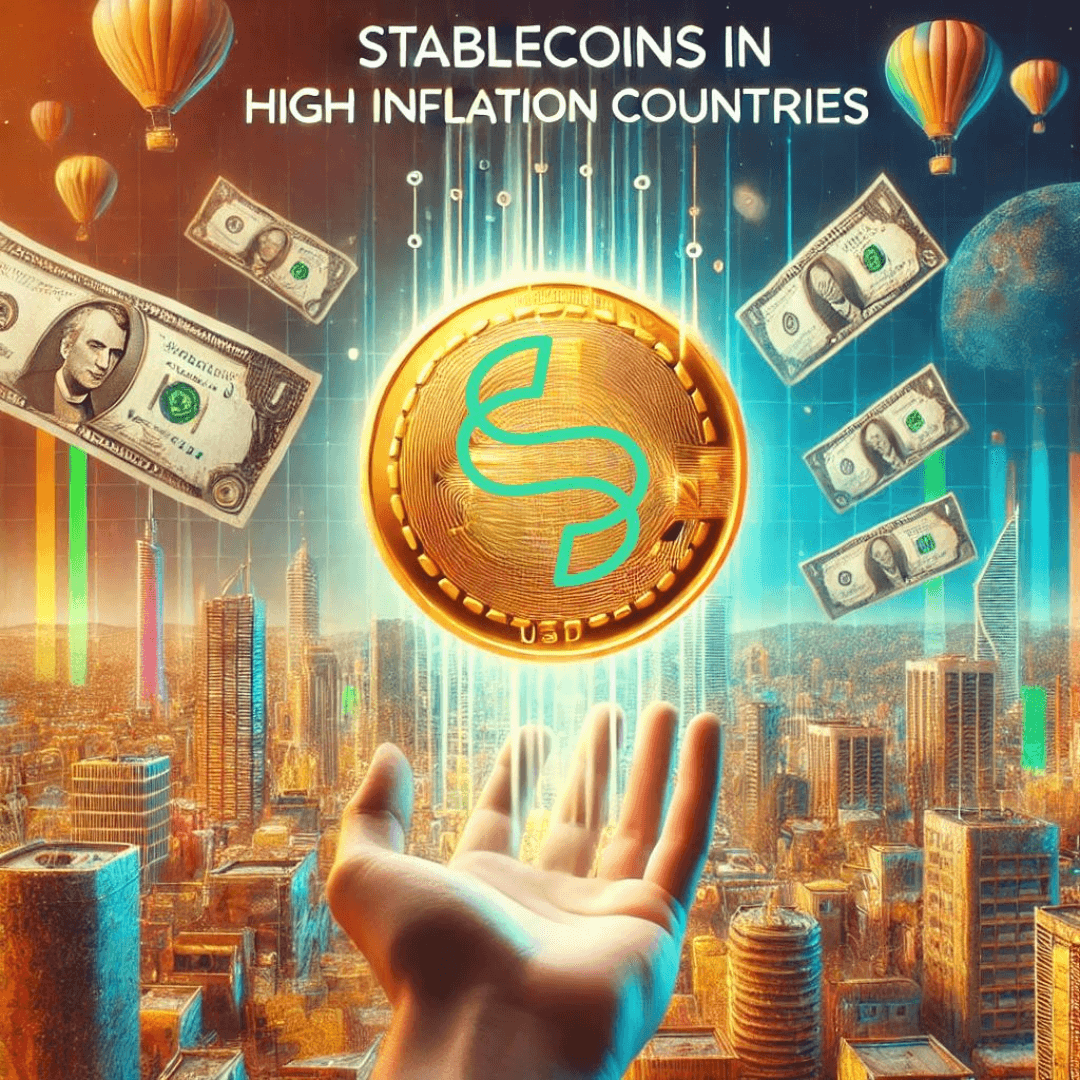How to Use Stablecoins to Protect Your Money in Inflation-Hit Countries
With inflation rates reaching alarming levels in many African and developing nations, people are searching for ways to safeguard their money. One powerful solution is stablecoins—cryptocurrencies pegged to the value of stable assets like the US Dollar or Euro. In this article, you’ll learn how stablecoins work, how to use them safely, and why they are becoming a financial lifeline for millions living under inflation pressure.
What Are Stablecoins?
Stablecoins are a type of cryptocurrency whose value is tied to a stable asset, typically fiat currencies like the US Dollar (USD), Euro (EUR), or commodities like gold. Unlike volatile cryptocurrencies like Bitcoin or Ethereum, stablecoins offer price consistency, making them ideal for saving, sending, and spending money in unstable economies.
Top Stablecoins in 2025:
- USDT (Tether): Most popular and widely adopted.
- USDC (USD Coin): Fully regulated and audited.
- BUSD (Binance USD): Trusted by Binance users (being phased out but still used).
- DAI: Decentralized and backed by crypto assets.
- EURT: Pegged to the Euro – useful for European-linked users.
Why Use Stablecoins in Inflation-Hit Countries?
- Price Stability: Protect your money’s value by converting local currency to digital dollars.
- Accessibility: You don’t need a bank—just a mobile phone and internet connection.
- Speed: Transfers are instant and borderless.
- Low Fees: Send money locally and internationally at low cost.
- Security: Funds can be stored in wallets outside government control.
Countries Where Stablecoins Are Becoming Essential
In many African and Latin American countries, fiat currencies are losing value quickly. Here are some places where stablecoins are being widely adopted:
- Nigeria: Inflation exceeded 30% in 2025; citizens turn to USDT and USDC.
- Zimbabwe: The Zim dollar has collapsed multiple times; stablecoins offer safe alternatives.
- Ghana: The cedi depreciated by over 40% in 2024; people prefer holding USDC.
- Argentina: Stablecoins are used for daily transactions due to rampant inflation.
- Venezuela: Stablecoins and Bitcoin are used in place of the bolivar.
How to Get Stablecoins in Your Country
Getting stablecoins is easier than ever. Here’s how:
- Use a Local Crypto Exchange: Platforms like Luno, Yellow Card, or Binance P2P allow users to buy stablecoins with local currency.
- Peer-to-Peer (P2P) Marketplaces: Buy directly from others using mobile money or bank transfers.
- Crypto Wallets: Use apps like Trust Wallet, Coinbase Wallet, or Metamask to receive and store stablecoins.
Storing Your Stablecoins Safely
Security is key when dealing with digital assets. Here are options:
- Hot Wallets: Convenient but vulnerable to hacks. Best for small daily transactions.
- Cold Wallets: Hardware wallets like Ledger and Trezor offer offline storage.
- Custodial Wallets: Exchanges can hold funds for you, but you must trust their security.
Tip: Always enable two-factor authentication (2FA) and never share your private keys.
How to Use Stablecoins for Daily Transactions
Once you hold stablecoins, here’s what you can do with them:
- Remittances: Send money to family across borders instantly and cheaply.
- Savings: Hold digital dollars to avoid local currency depreciation.
- Payments: Pay for goods or services where crypto is accepted.
- DeFi Investment: Lend your stablecoins to earn interest on platforms like Aave, Compound, or Yield App.
- Payroll: Freelancers and remote workers can receive payments in USDC or USDT.
Top Stablecoin Wallets and Platforms for Africans
Here are trusted platforms to use:
- Trust Wallet – Mobile-friendly and decentralized
- Binance – Easy access to P2P trading and staking
- Yellow Card – Excellent for beginners in Africa
- MetaMask – Connect to DeFi apps and Web3 services
- Coinbase – Regulated and secure (limited access in Africa)
Risks and Considerations
- Regulatory Risk: Some countries restrict crypto; always stay informed.
- Scams: Avoid unknown platforms and too-good-to-be-true offers.
- Exchange Risk: If an exchange fails, you may lose your funds—use non-custodial wallets when possible.
- Volatility in DeFi: Even stablecoin DeFi platforms may have smart contract bugs.
Future of Stablecoins in Emerging Economies
In the next few years, we’ll likely see:
- Government-backed stablecoins (CBDCs): Central banks may issue their own digital currencies.
- DeFi integration: Easier access to interest-earning tools for stablecoin holders.
- More adoption: Merchants, schools, and hospitals may start accepting stablecoins.
Conclusion
Stablecoins are a revolutionary tool for people in inflation-hit countries. They offer a safe, fast, and affordable way to protect wealth, make transactions, and participate in the global economy—even without a traditional bank account. As adoption grows, stablecoins are poised to become the digital dollars of the Global South.
Don’t wait for your money to lose more value. Learn, invest, and protect your finances with stablecoins today.


Enviar um comentário